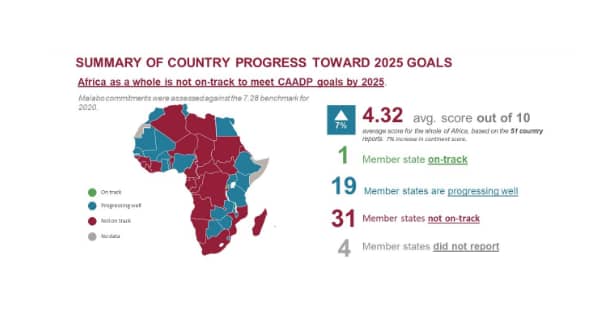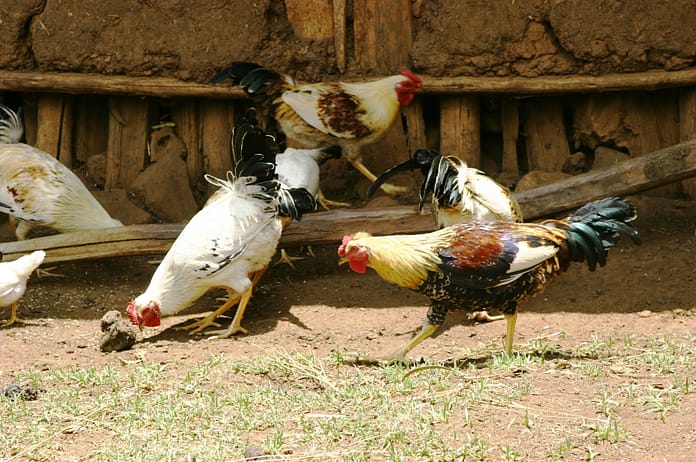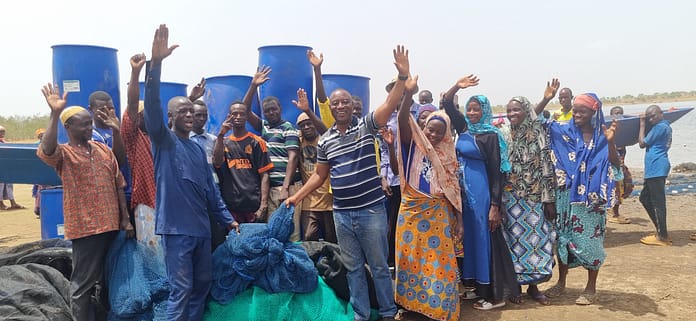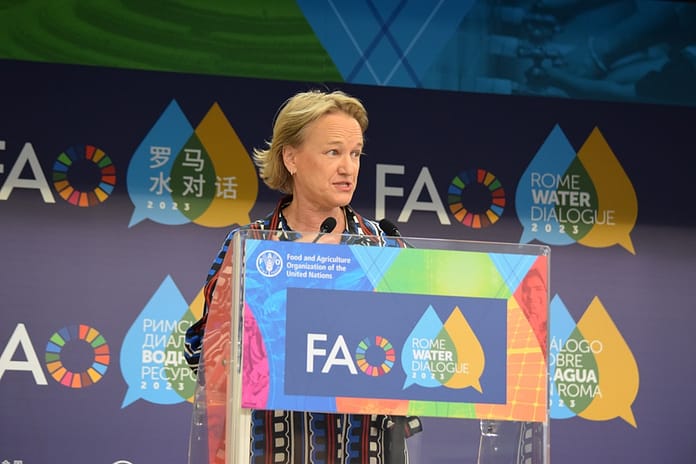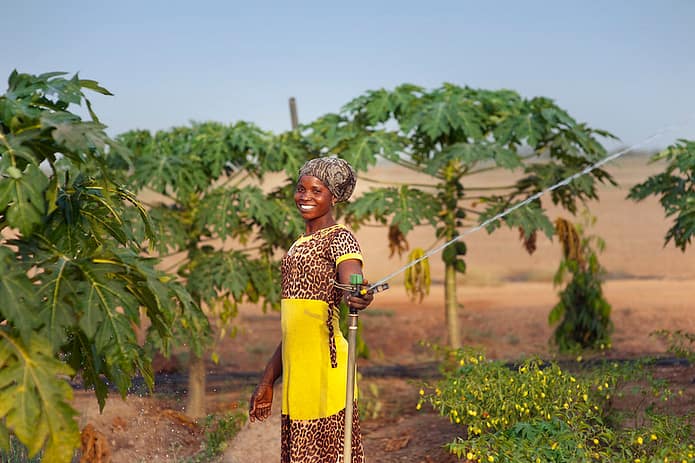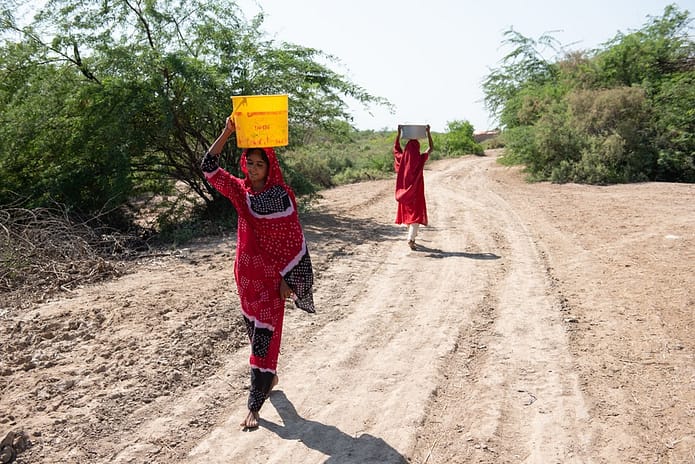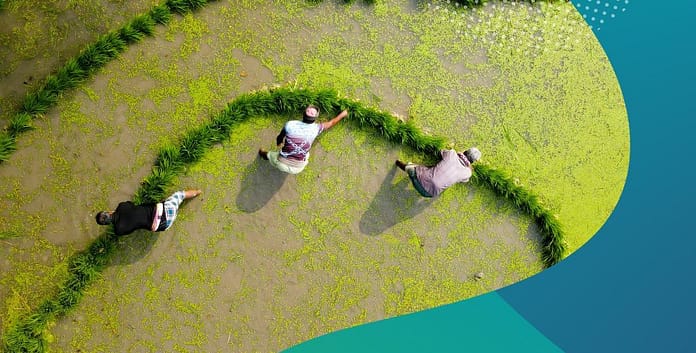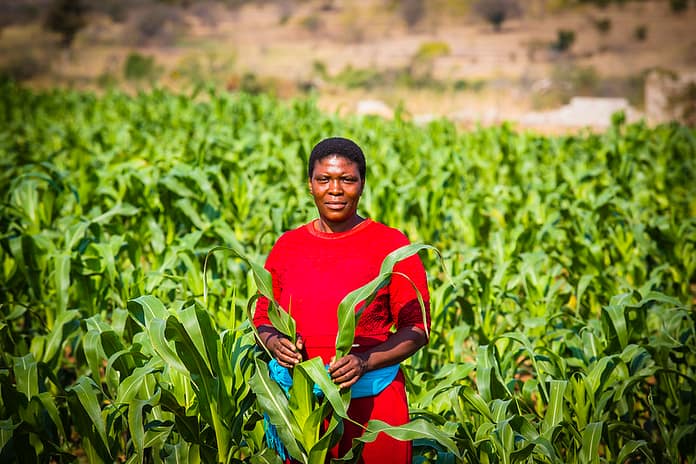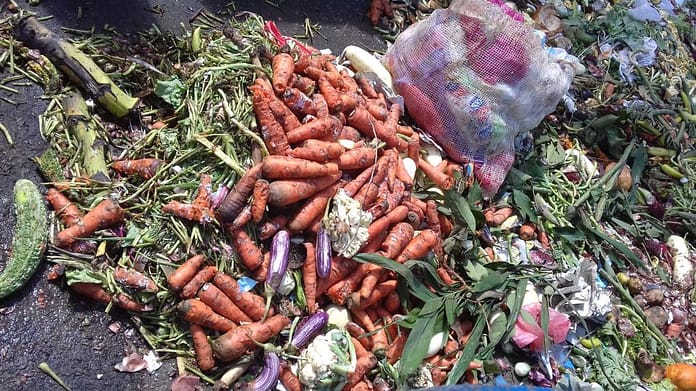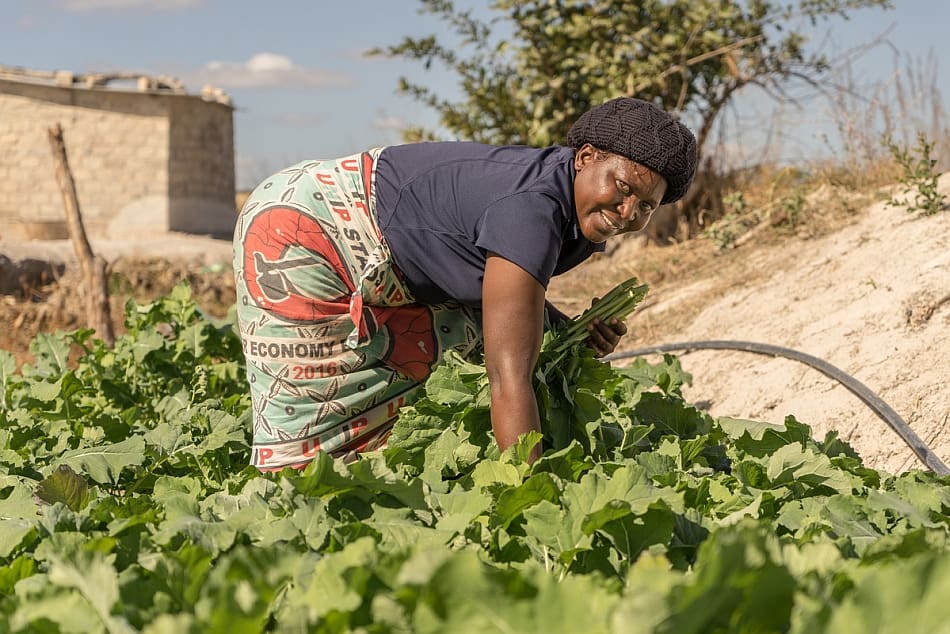
Farmer-led irrigation (FLI), where smallholders invest in wells and pumps to take control of irrigating their crops, is expanding across Asia and Africa. Governments and development organizations realize that supporting FLI can enhance smallholders’ resilience to climate change and promote healthy food systems. However, they are less clear about the best approaches and actions to take to encourage the phenomenon to spread at scale.
The two-webinar series Farmer-led Irrigation Development, organized by the International Water Management Institute (IWMI), Water Global Practice (GP) of the World Bank, Daugherty Water for Food Global Institute (DWFI) and the Global Water Partnership, sought to bring clarity to this issue. At the first event, held in June, 490 participants from 66 countries concluded that scaling up FLI required consideration of financial mechanisms, social inclusion, energy costs and potential environmental impacts. A month on, the second event invited participants to drill down further into the topic, and identify ways to achieve FLI at scale both sustainably and equitably.
A key finding of the second webinar was that achieving this goal requires collective action, an integrated multi-scale approach and better data. Scale can potentially be achieved by nations prioritizing FLI in their national action plans and developing water resources at basin-scales for a variety of users. However, this calls for high-resolution data on: water availability; its use by different sectors at various scales, now and in the future; and the potential impacts of climate change. Innovative approaches, such as using remote sensing and the Internet of Things, can help to fulfill this need.

Another important message was that incentives to change behavior are as important as technical tools in supporting farmers to adopt sustainable approaches. When participants were asked to identify, from six options, the largest barrier to sustainability, the highest-ranked choice was ‘appropriate extension services and training on best agricultural water management practices’ (30%). Meanwhile, attendees identified, from six options, ‘farmer-driven pilots and other peer-to-peer learning’ as the most effective (24%) approach to take towards sustainability.
Different actors have varying roles to play in driving behavior change, according to the amount of water available, the volume used, the type of use and the desired behavior change. For example, working with the private sector is beneficial when seeking to encourage smallholders growing high-value commodities to adopt sustainable irrigation practices. Participants learned that one Nestlé-funded initiative to train 50,000 coffee farmers in Vietnam resulted in 53% of farmers adopting the new practices, and generated USD 8.4 million in energy and labor cost savings.
In cases where communities need to share and jointly manage well-defined water resources, experiential games are useful. In one project in India, farmers were asked to play a game where their crop choices affected water-table levels. This social intervention helped the smallholders to understand how groundwater draw-down occurs, and increased their adoption of rules for groundwater management.
Where farmers pump groundwater to fulfill their irrigation needs, the relationships between water, energy and the environment need careful consideration. Participants learned that connecting solar pumps to the grid can help to reduce over-pumping. A pilot project in Gujarat, India, found that farmers who were paid for electricity used 30% less energy to pump groundwater for irrigation than other farmers in the region.
Enough for all for ever – realizing human rights to water and food.
It is vital that water resources for domestic uses are maintained at the same time as widening access to FLI. For this reason it makes sense to link WASH (Water, Sanitation and Hygiene) and FLI initiatives. In many rural areas the use of multi-purpose infrastructure, where a single source provides water for cooking, washing, feeding livestock and growing crops, is standard rather than an exception. And when infrastructure is used for many purposes, it provides multiple incentives for investment.
Understanding constraints to women’s inclusion in irrigation is likewise critical. In some of the areas most likely to benefit from FLI, such as parts of Africa and South Asia, 40% or more farmers are women. Including women in FLI calls for action to increase their ability to obtain information, through better internet access and greater interaction with extension workers and farmer associations. “FLI cannot be scaled up without understanding and addressing the needs of female farmers,” asserted Sarah Keener, Senior Social Development Specialist at the Water GP of the World Bank.
Participants’ views on the most promising approach for promoting inclusive water access for multiple uses ranged from forming farmers’ groups including women, to improved water governance and management policies. They felt that poorer farmers in general were at a disadvantage, with 28% of the audience identifying ‘technologies support richer farmers more’, from six options, as the biggest barrier to making FLI inclusive.
“Although there isn’t a silver-bullet solution, through collective action, we can find innovative and inclusive ways to encourage farmer-led irrigation practices, at scale and in a sustainable manner,” concluded webinar moderator Molly Nance, of DWFI.


